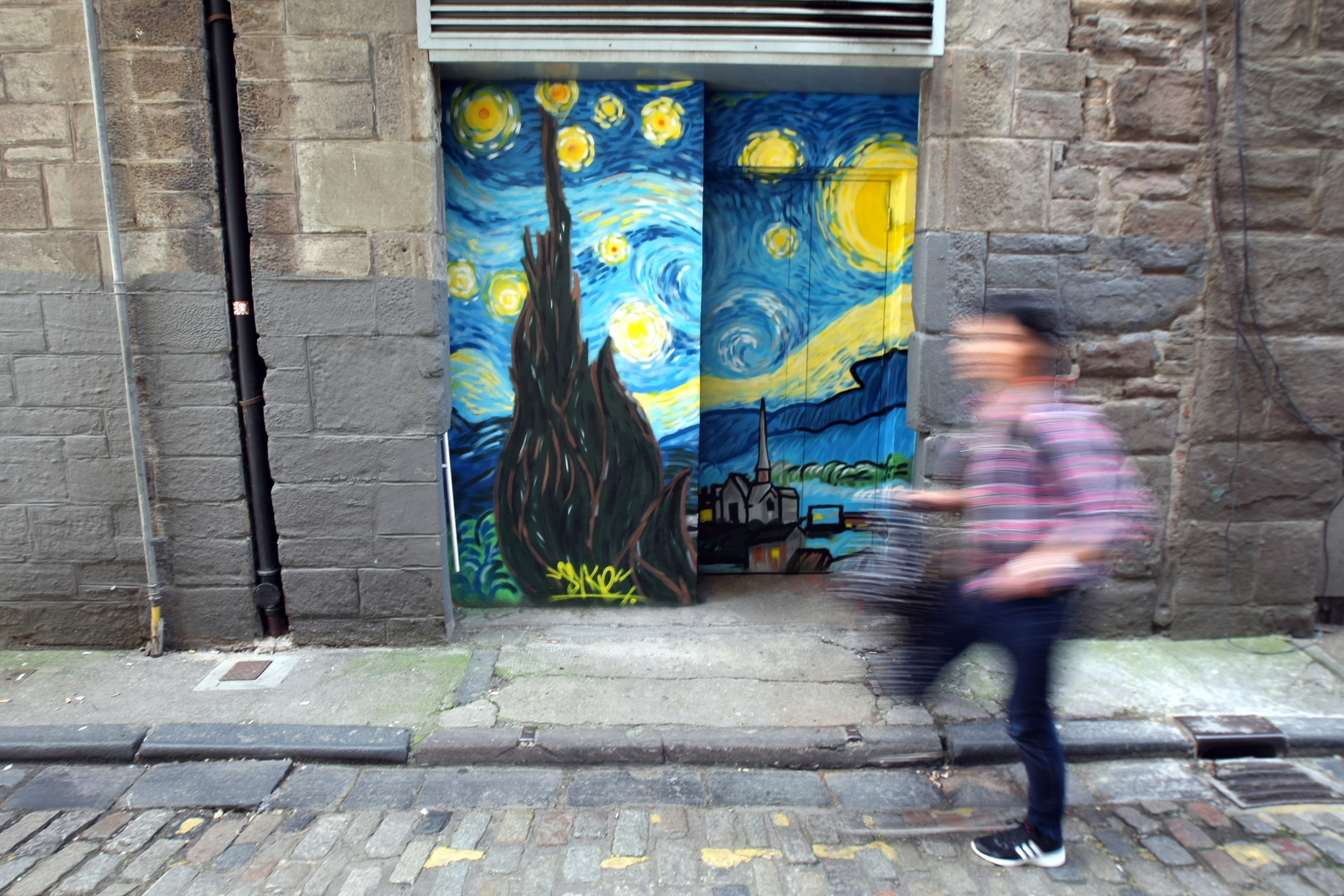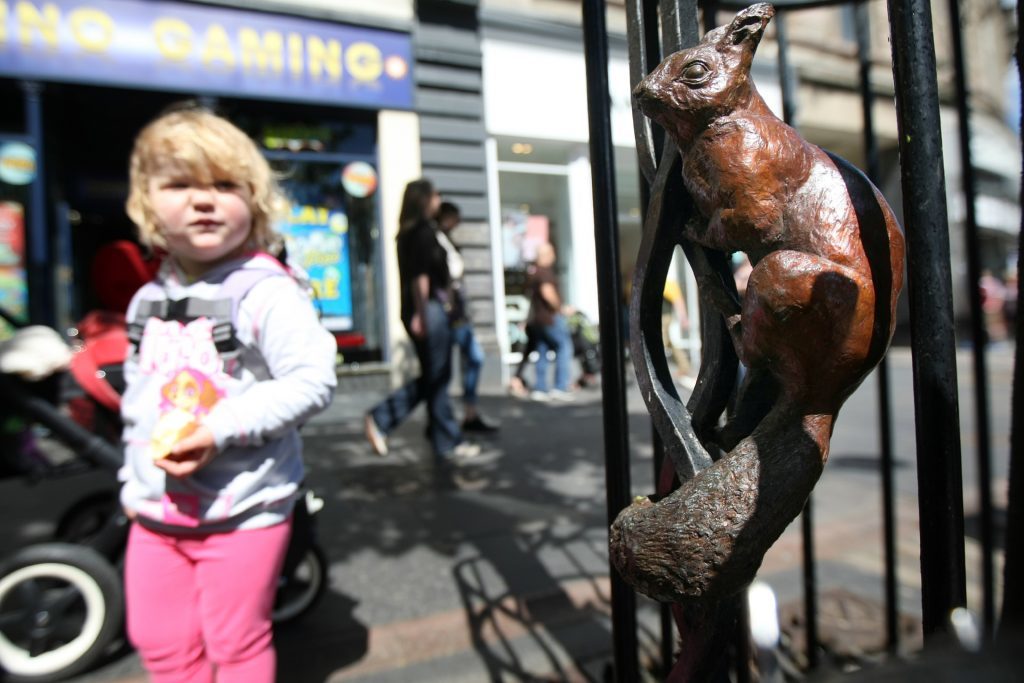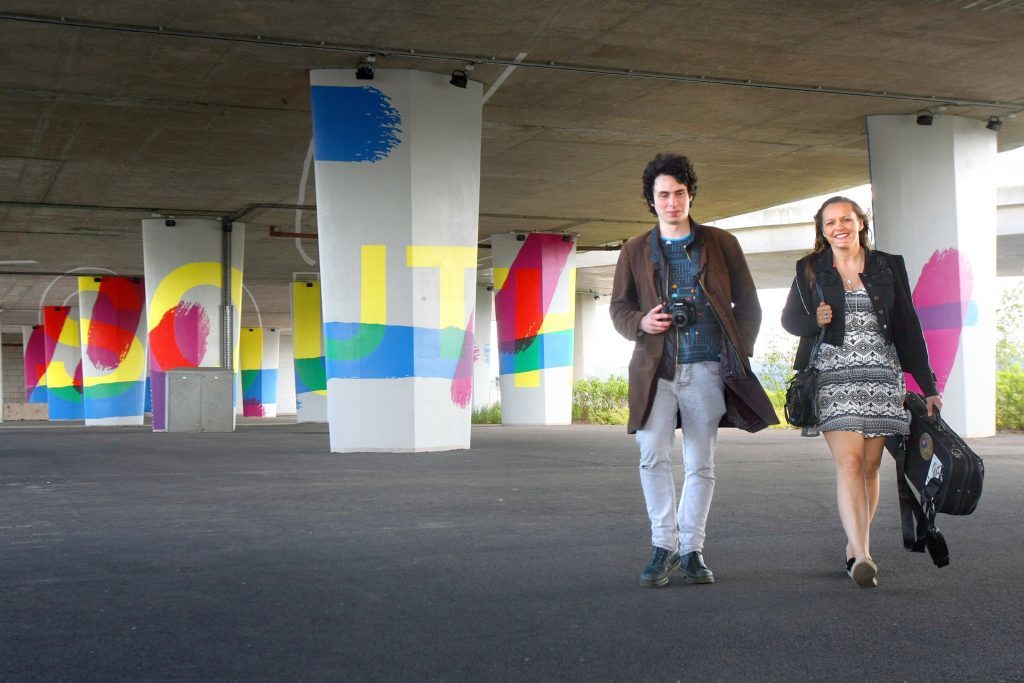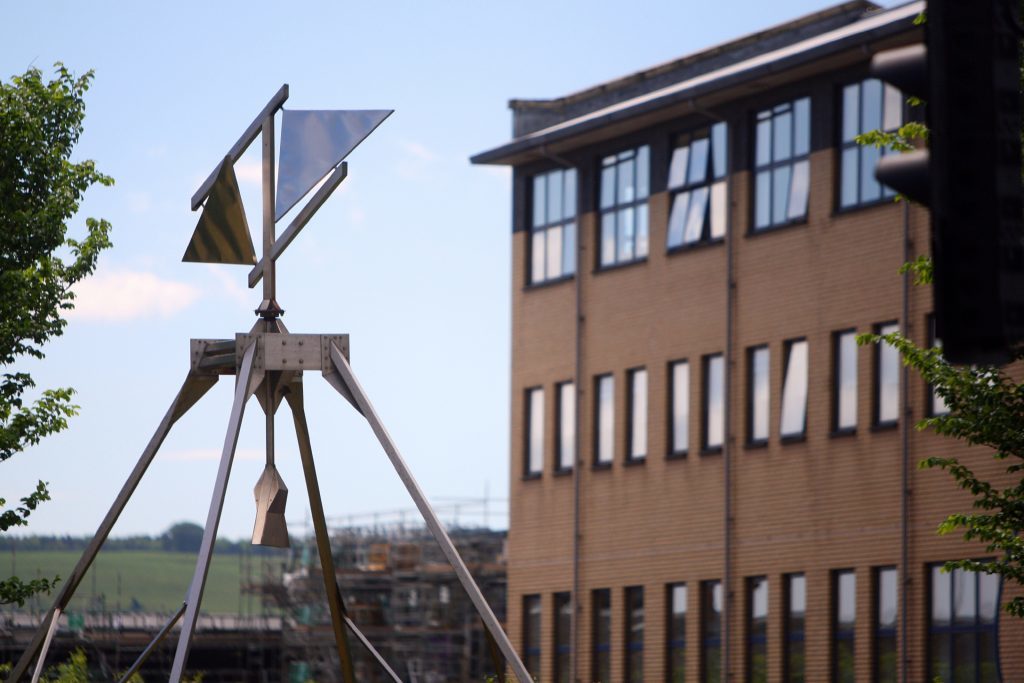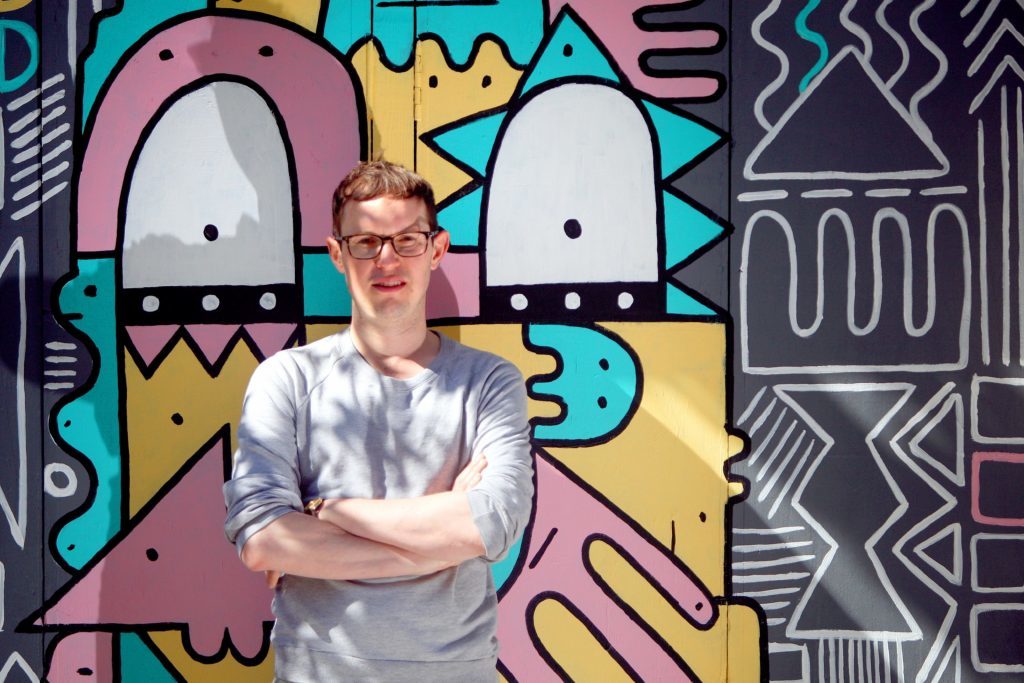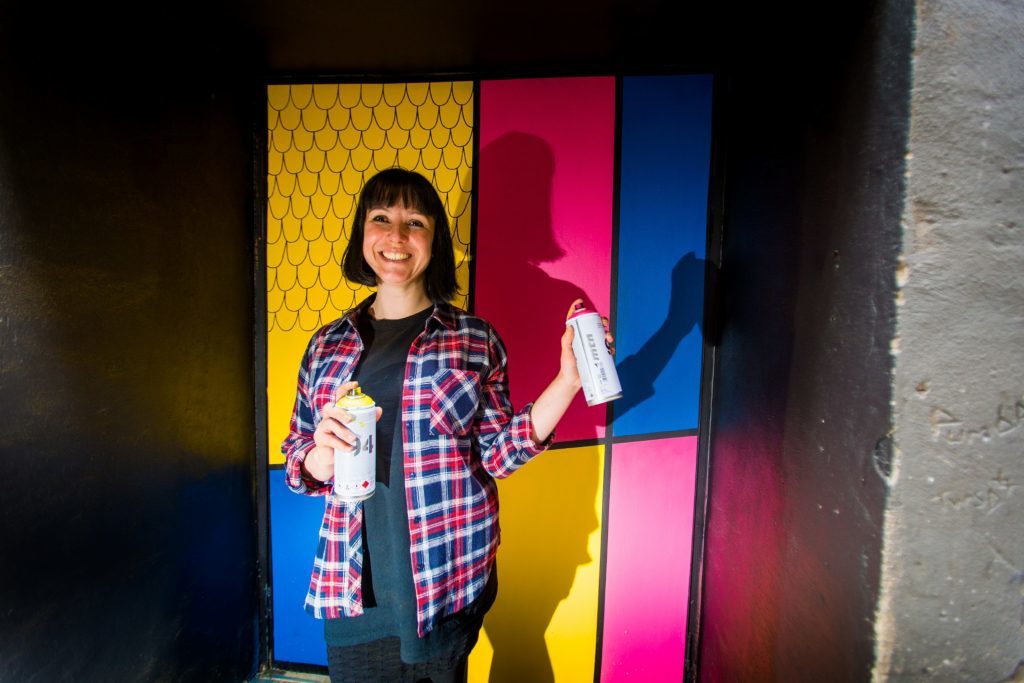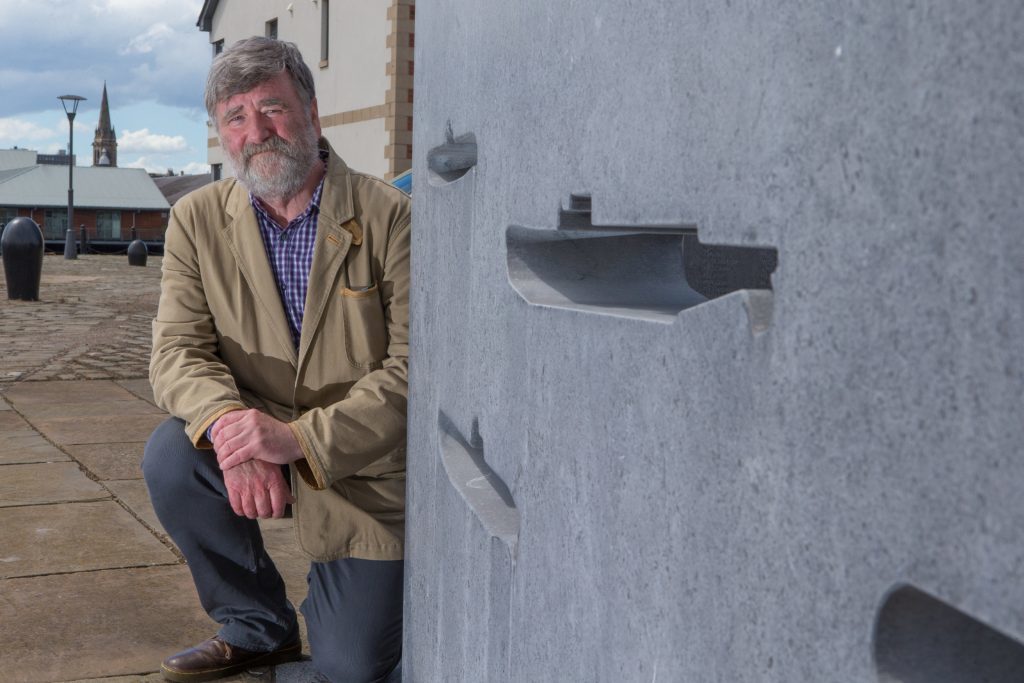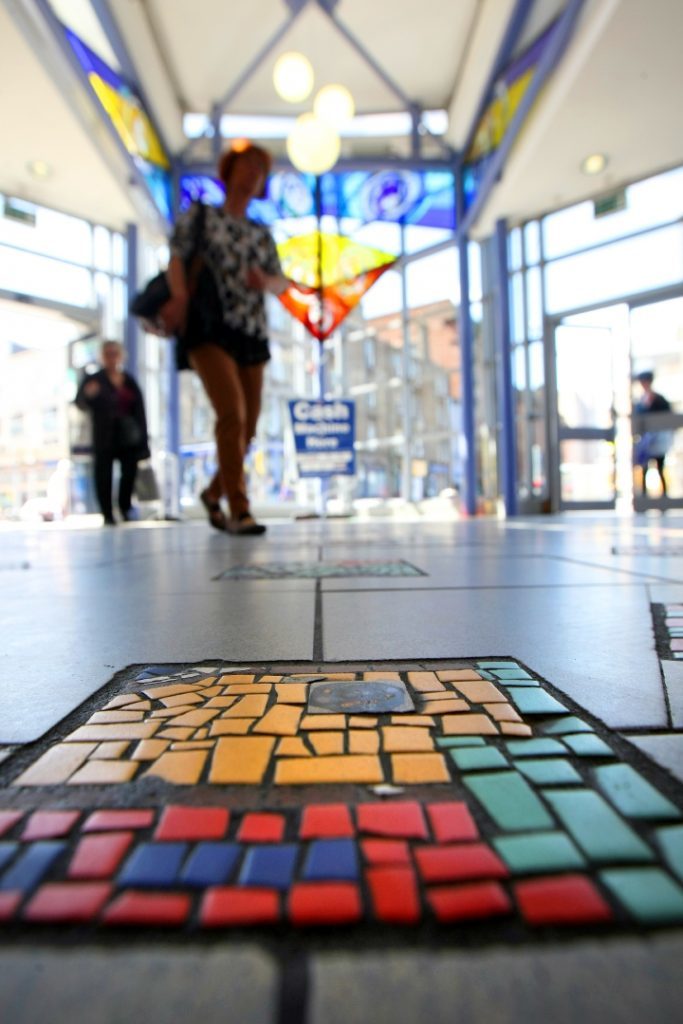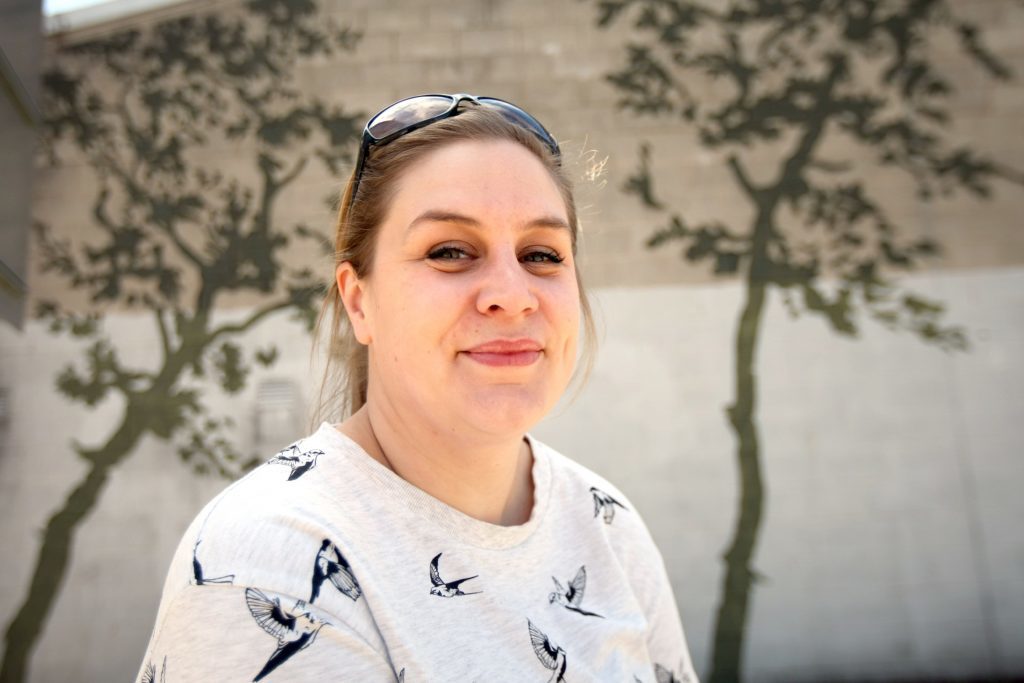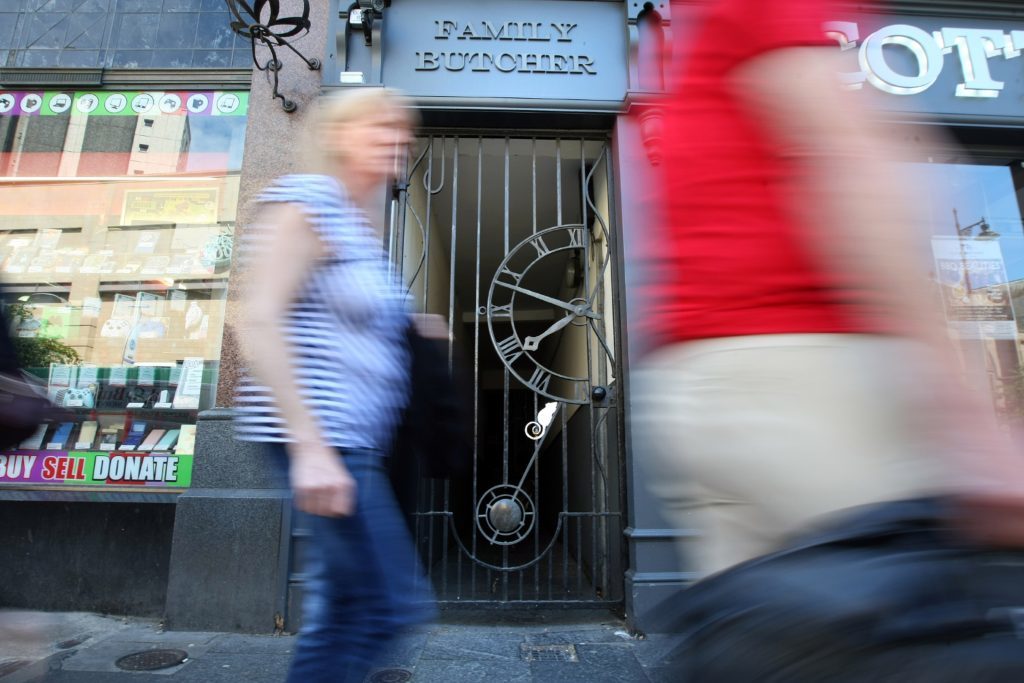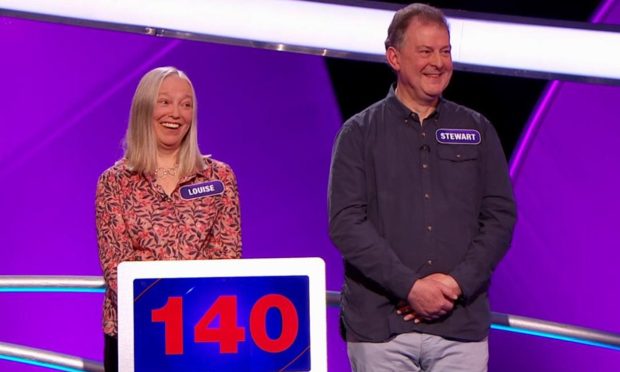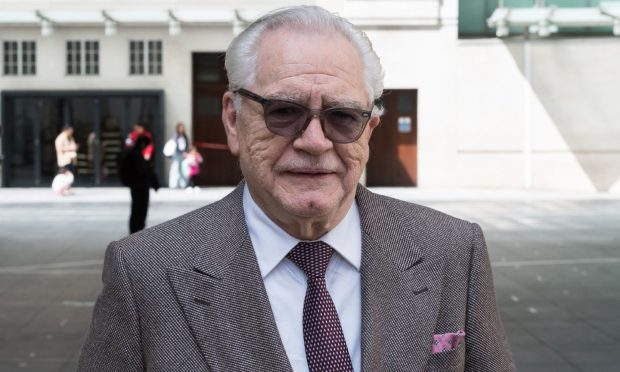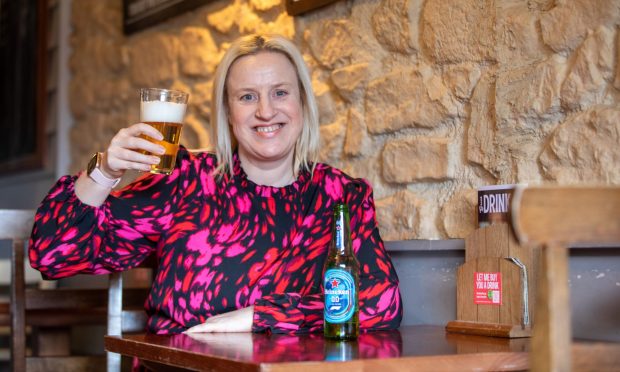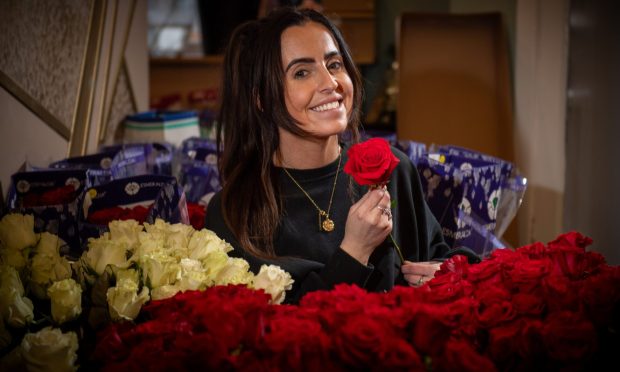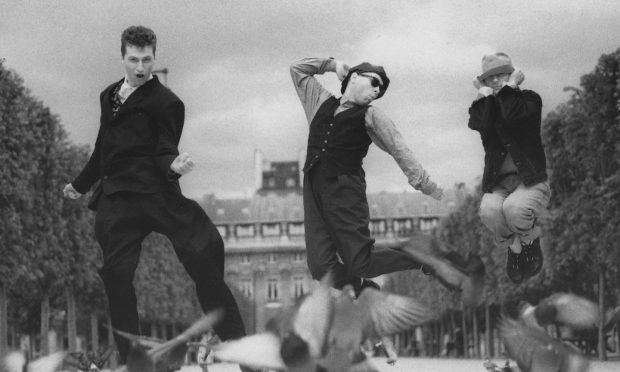It’s estimated there are around 300 artworks dotted around public spaces in Dundee, but many of them go unnoticed. Gayle Ritchie investigates.
If you’ve ever walked through the centre of Dundee, the chances are you’ll have seen some of the city’s most famous public art – the penguins, the dragon sculpture, or the statues of Oor Wullie, Minnie the Minx and Desperate Dan.
But it’s likely there are hundreds of “hidden” artworks you’ve never noticed, in nooks and crannies, down side streets and alleyways, and high up on buildings.
On bustling High Street, for example, just a few metres from the sculpture of grizzly-faced strongman Desperate Dan, a bronze squirrel peeks out at shoppers from inside a caged tree, and a cheeky monkey hangs over an information board.
Then there are the lemmings, cast in bronze and welcoming visitors to the gateway of the city’s games design hub in Seabraes.
Outside Greenmarket car park, there’s a life-sized concrete car cast in a “catalytic cement” which reacts with light to break down airborne pollutants, thus undoing some of the environmental damage wreaked by cars.
For the city council’s public art officer, John Gray, it’s the subtle placement of such works that makes them so special.
“Much of Dundee’s public art is tucked away and hidden in places you’d easily miss,” he says.
“There are so many things, whether murals, sculptures, artefacts, cast iron bells, ornate gates, industrial objects, which tell stories of the city.
“I love walking round cities and stumbling on public art unexpectedly and I like the idea of people finding works and getting excited about them.
“It’s like having private knowledge that’s not publicised and when you do find something special, it personalises the city for you.”
While some pieces are associated with local myths and legends, such as the squatting, malevolent dragon in High Street, much of the artwork references the city’s history and the three Js (jute, jam and journalism). Others are simply there for art’s sake.
“Public art doesn’t always have to have meaning,” explains John. “People often make up their own ideas about what a work might represent.”
A walk round the city centre with John is an illuminating experience as he points out the blue stained glass in the Bank of Scotland HQ window and the stainless steel kinetic sculpture Strange Attractor II wafting in the breeze on South Marketgait.
There’s street furniture – bollards, tree guards and grilles – inspired by the jute industry, as well as lilies, as seen in Dundee’s coat of arms.
High on the walls of the Overgate Centre are what John calls “sculptural badges”, inspired by the trades once found in the area.
On the Nethergate, there’s a fantastic wrought iron gate boasting a mouse and a clock.
And of course, there are the penguins.
“I love that people dress them up, put ties and cardigans on them,” John beams.
“They’ve become a landmark.”
Walking down Murraygate, he points out two mosaics commemorating the last “witch” burned in Dundee in 1669.
And down under the Tay Road Bridge, a once dank, forgotten space has been transformed with vivid colours and striking murals.
Just last month, a street art project, inspired by the Ramblas of Barcelona and called Open Close, set about transforming some of the city’s shop fronts, doorways, roller shutters and the external walls of hidden wynds and pends with murals and works of art.
Take a gander down Couttie’s Wynd and you’ll see an eye-catching kingfisher spray-painted on Quirky Coo’s roller door by Paco Graff.
Down the same street, another door now sports a painting of a gull, by one C.Gull, and there’s a mesmerising representation of Van Gogh’s Starry Night by Syke. There’s also the quirky artwork of Suzanne Scott, aka WhimSicAL LusH.
And on Sugarhouse Wynd, Detroit collective Thing Thing have painted a striking blaze of surreal colours and shapes.
Organiser Russell Pepper was inspired to start the project after spending time in Barcelona and took heart from the positive reception that a similar street art project in Aberdeen received.
Funding from Place Partnership Dundee led to a trial project of six doors in lanes, closes and alleyways around the city centre.
“The aim is to brighten up areas prone to vandalism, while encouraging people to explore different parts of the city,” says Russell.
“Another bonus is that doors which have been painted discourage vandalism, littering, anti-social behaviour (like drug taking) and tagging.”
Other buildings being prettified include PDQ on Meadowside, the Butterfly Cafe on Commercial Street, and a pend behind the Bank of Scotland building on High Street.
John says a project like Open Close would have been almost unimaginable in Dundee 20 years ago.
“It would have been very difficult to convince people that street art would be good for the city – they’d fear it would encourage graffiti,” he says.
“But as we’re seeing from Russell’s project, it’s hugely successful, making the derelict and ugly into something attractive and re-igniting the appetite for public art.”
Dundee was possibly the first city in the UK to take public art seriously by creating a fully funded public art programme, says John.
“When I came here in 1982, Dundee was in the doldrums,” he recalls.
“That gave those of us working in public art the edge because people wanted to see things happen.”
Back then, Blackness, which had been one of the densest areas of industrial activity a century before, was left with dozens of derelict buildings, and public art was used to bring it back to life.
Sixteen projects were completed during a three-year period, including Stanley Bonnar’s Ghost Dog and Shadow Trees on Brown Street and Keith Donnelly’s Saltire Award-winning ceramic panels on Bellfield Street.
More important than any architectural prize, however, was the success of the project’s original aim – to regenerate the area by attracting new businesses.
This encouraged the council to continue the scheme, expanding it into the city-wide Dundee Public Art Programme, formally established in 1988.
More recently, a much-loved DC Thomson character inspired one of the most popular public art projects ever held in the city, the Oor Wullie Bucket Trail, featuring 70 decorated sculptures which raised £883,000 for the Archie Foundation.
Other recent schemes include the cardboard Royal Arch and luminous birds in the Howff, and many more will undoubtedly follow.
While John is not overly keen on “signposting” public art – “If you only focus on art marked on a trail, you miss out,” he says – Annie Marrs, project coordinator for Unesco City of Design Dundee, believes we should be raising its profile.
“We need to shout about it,” she insists. “We want to show people what the city has to offer and highlight stories about public art.
“It would be fabulous for kids to actively hunt out the squirrel, monkey and penguins and really have fun with art.”
Place Partnership plans to create a digital resource, mapping some of the city’s artwork, in the next year and Annie hopes this will help to open up some of these hidden treasures to a much wider audience.
“No other city in Scotland has such a variety of work, and work that’s lasted so long,” she says.
“That’s down to people like John who have championed it. Art should be embedded in our daily lives.
“Since the 80s, Dundee has understood how integral public art is in regenerating the city and how it makes a positive contribution.
“We’ve a lot to thank those who did the groundwork and that’s why we’re now looking at a European Capital of Culture bid and the V&A.”
For those who want to see the city in a new, vibrant light, Annie’s advice is to put your mobile phone away and open your eyes.
“Look up, look down, look ahead, look into nooks and crannies – you never know what you might see,” she says.
